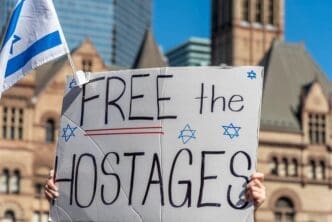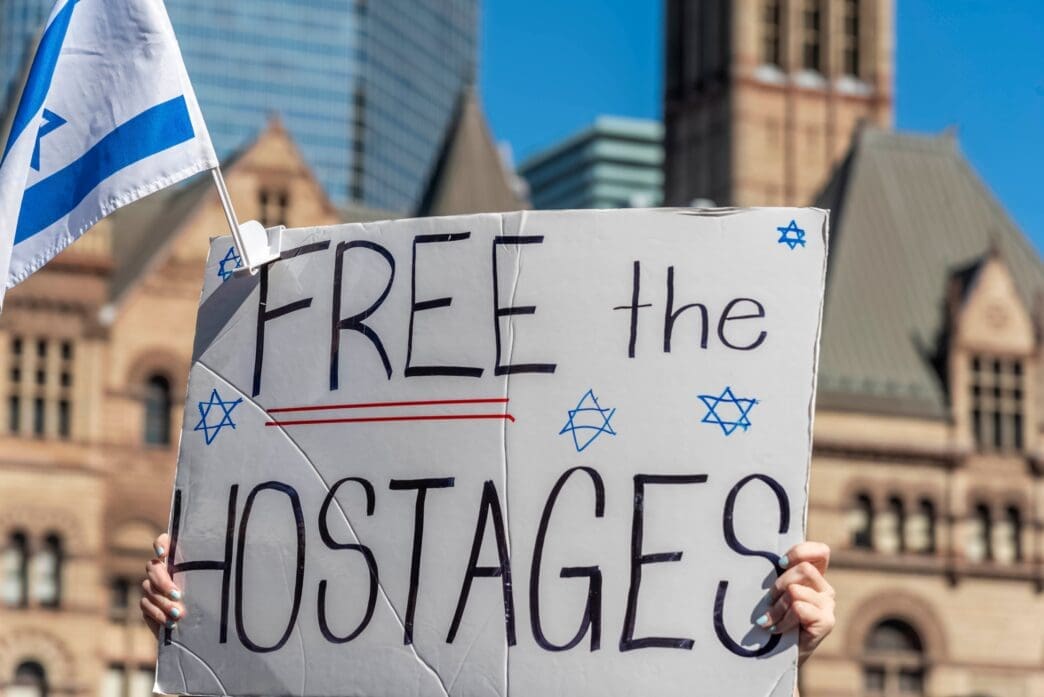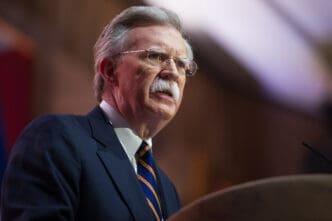Executive Summary
The Story So Far
Why This Matters
Who Thinks What?
Israel’s government has approved a US-brokered ceasefire plan for Gaza that includes the release of hostages, though the implementation details and an immediate cessation of hostilities remain uncertain. The deal, which also involves an Israeli military withdrawal and the release of some Palestinian prisoners, comes as Israeli airstrikes continued in Gaza following the approval. US President Donald Trump indicated that the remaining hostages are expected to be released early next week.
Ceasefire Agreement and Hostage Release
The approved plan outlines the release of all Israeli hostages held in Gaza, an Israeli military withdrawal to an agreed point, and the freeing of some Palestinian prisoners. More than two years after 251 people were abducted from Israel, 47 hostages are believed to remain in Gaza, with at least 20 thought to be alive. The remains of Israeli soldier Hadar Goldin, held since 2014, are also expected to be part of the exchange.
Despite the government’s approval, it remains unclear whether Prime Minister Benjamin Netanyahu has issued orders for the military to halt fighting. Hamas officials have stated that a “formal declaration” ending the war must precede any hostage release. Negotiations are reportedly ongoing regarding the specific list of Palestinian prisoners to be freed under the agreement.
Continued Hostilities and Civilian Warnings
Following the Israeli government’s ratification of the ceasefire plan, intense airstrikes were reported Friday morning in the center of Khan Younis in southern Gaza, alongside artillery shelling and drone activity over the city. At least 37 people were reportedly killed in the enclave on the same day the agreement was reached.
Gaza’s Civil Defense organization has cautioned residents against returning to areas previously occupied by Israeli forces, particularly border regions of Gaza City, until an official announcement confirming the withdrawal of Israeli troops is made and verified by relevant authorities.
US Role in Monitoring and Support
The United States is deploying 200 troops to the Middle East to monitor the implementation of the ceasefire plan. These troops will work alongside soldiers from Egypt, Qatar, Turkey, and the United Arab Emirates. US officials have clarified that no American troops are intended to enter Gaza. Additionally, the US military plans to establish a coordination center in Israel to support stabilization efforts in the region.
Humanitarian Aid Preparedness
In anticipation of the ceasefire, approximately 170,000 metric tons of essential supplies, including food, medicine, and other humanitarian aid, are prepared for immediate distribution into Gaza. The United Nations emergency relief coordinator confirmed the readiness of these supplies to address the critical needs within the besieged strip.








